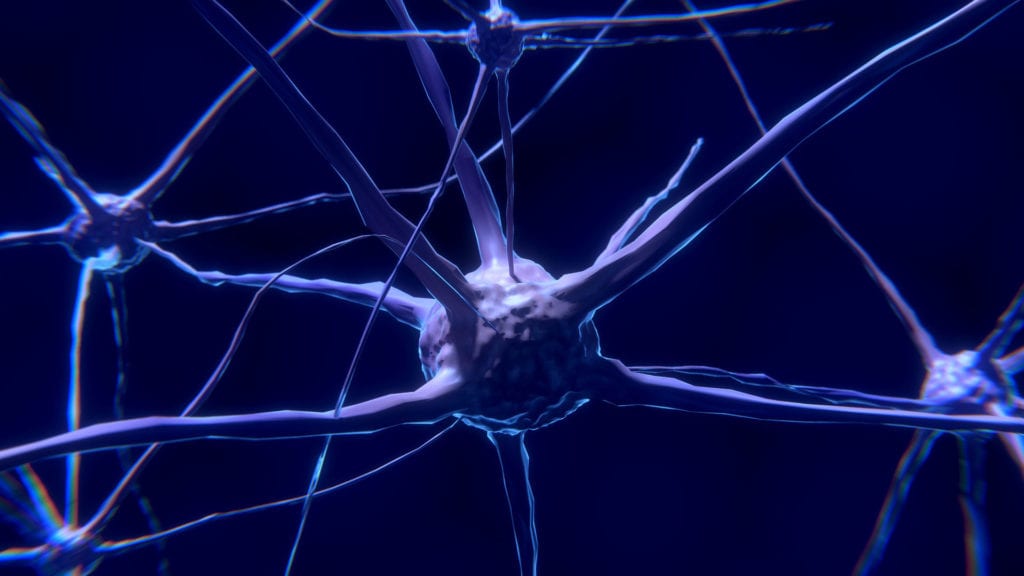Researchers at Washington University’s medical school have used a new technique to study brain neurons in a lab setting, allowing them to bypass the need to rely on a brain biopsy.
A recent article in MedicalExpress explained that one aspect of the study was to remove skin cells from patients with late-onset Alzheimer’s disease (AD) and convert them into neurons. This was the first successful attempt to use lab-derived neurons and reproduce symptoms of AD. These symptoms include amyloid beta buildup, deposits of tau protein and cell death. The team has now produced an AD working model and discovered that certain features of the cells’ genomes, that change as people age, have been implicated in AD’s later development.
Genome vs. Gene
Note that a gene is a segment of DNA, while a genome pertains to all the genetic material in an organism. The new technique has found certain aspects of the genome pertaining to the development of late-onset AD that may lead to new targeted therapies.
Dr. Andrew Yoo, senior author and biology professor at Washington University, explained that late-onset AD accounts for over 95% of cases. It is difficult to study AD in the lab because of the complexity caused by various risk factors. Aging is perhaps the most important factor. Dr. Yoo explained further that until recently, the researchers had no way of capturing the effects of aging in order to study late-onset AD.
In the past, disease analysis relied on mouse models that had rare mutations that caused early-onset AD occurring in younger people. Although the studies proved to be useful with respect to AD in general, they do not pertain to approximately 95% of individuals who have the late-onset form.
About Direct Cell Reprogramming
Addressing the problem of reprogramming, Dr. Yoo’s team employed a direct cell reprogramming approach that works around the stem cell stage and allows the skin cells to be transformed into neurons directly. Therefore, the cells can retain the characteristics of cellular aging. The researchers observed that the cells would be grouped into small spheroids (clusters) that closely resembled three-dimensional features of the brain. These spheroids, which were of late-onset AD, were compared against inherited AD and spheroids of healthy individuals.
About the Findings
The spheroids of AD patients quickly showed deposits of amyloid beta and the familiar tau tangles that are AD hallmarks. In addition, genes associated with inflammation were activated as well as neuronal death just as they had been observed in brain scans of AD patients. There were some deposits of amyloid beta but at a lower level. This appeared to indicate that tau accumulation and the amyloid deposits are simply factors of aging.
Using drugs that have been known to interfere with plaque formation, if the cells were treated early in disease development the amyloid beta buildups lessened significantly. If, however, the amyloid beta buildup had taken hold, only a modest response occurred, pointing to the importance of early treatment. One other finding resulting from further research showed that “jumping genes” were prominent in late-onset AD.
Positive results were observed using an anti-retroviral drug called lamivudine. This drug hinders the activity of retro transposable elements that convert their RNA into DNA by way of reverse transcription.
Late-Onset Patients
Neuronal spheroids taken from late-onset patients were found to have lower levels of amyloid beta, reduced tau tangles, and reduced levels of neuron death when compared to placebo. Notably, there was no benefit after treating spheroids from early-onset AD patients with lamivudine. This would indicate that there are distinct molecular features between the two forms of AD.
Dr. Yoo concluded by saying that the new system recognizes a role for retro transposable factors in connection with the disease process. His team will be working towards new personalized interventions in connection with late-onset AD.
Editor’s Note: Chronic conditions and rare diseases don’t discriminate, Patient Worthy and its partners are interested in amplifying the voices of those from all identities and backgrounds. If you have a journey to share, reach out to learn more about how your voice can help spread awareness and inspire individuals from all walks of life.







